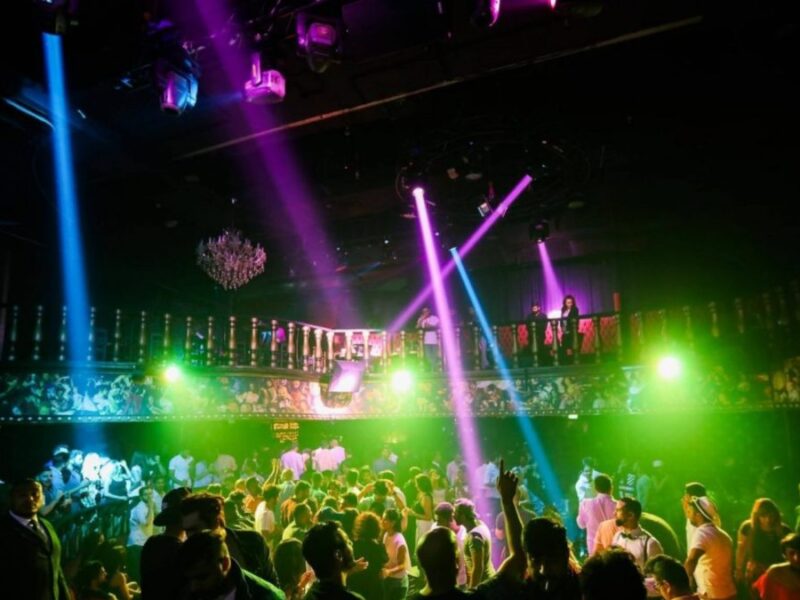Texture refers to the visual depiction of variations in shape, color and depth of the surface of an object in photography. One can accentuate the appearance of texture by effectively adjusting the lighting or with the assistance of a good editing program. On the whole, the key to end up with stunning texture in images is to first learn how to properly photograph texture. Going through the works of eminent professionals like Bruce Weber Photographer can go a long way in enabling a person to understand the ways textures can be used to make a photograph look more vibrant.
Using a timer and tripod to prevent camera shakes is important to capturing textures. Properly capturing sharp details is vital to texture photography. Hence, one would need a high aperture setting while exploring this style. A high aperture would create a shallow depth of field that helps in focusing on the smaller details of the surface texture. However, the downside of doing so is that high aperture comes with a slow shutter speed. This may create blurry images owing to accidental camera shakes. To steer clear of such incidents, it is better to use a tripod and click images by using the timber feature of the camera. Using a macro lens for close-up shots can be a great move when it comes to texture photography. Capturing tiny but elaborate details in a close-up shot requires the use of specialized macro lens.
For any photography style, including the one that focuses on textures, proper lighting is extremely vital. For outdoor texture photography, one must choose to shoot on a sunny day, when the sun hits the subject at a certain angle. A natural side lighting will enable the photographers to take advantage of the depth created due to the shadows. On the other hand, for indoor texture photography, it will be prudent to simulate natural light by making the use of an artificial light source that has multiple brightness settings. Opting to adjust its brightness will allow the photographers to experiment how varied levels of light impact their shot. Shooting from several angles would alter the way light hits the subject, thereby emphasizing textures that might have not been visible from the original vantage point.
Repeating lines and shapes make some of the most mesmerizing texture imagines. One should try and look for textured patterns everywhere surrounding them. No matter where a person lives, outdoors would be a good place to find unique and inspiring textures, starting from trees and plants to soil, sand and even snow. For a complex shot, one can always look for different textures mixed together such as sap on a bark of a tree. Professionals having expertise in fashion photography, such as Bruce Weber Photographer, are able to identify striking visual textures even in fabrics. Even interiors and exteriors of buildings are full of textures.


